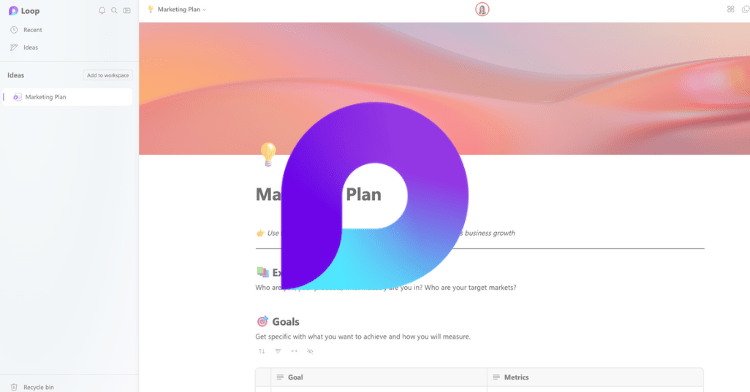
When two companies combine through a merger or acquisition, you might treat the migration between them as a technology challenge. You’ll have multiple software solutions, different ERP solutions, maybe even different clouds involved, and your task is to combine it all and make it work – with minimal disruptions to critical systems. You’re building the new plane while you’re already in the air, and that’s not an easy task.
Having overseen dozens of tenant-to-tenant migrations across Microsoft 365, Dynamics 365, and Azure, I see most often that there are many non-technology factors involved as well, and these are sometimes neglected. By addressing these factors through the assessment, planning, and execution of the migration, you’ll find that you can minimize the impact of the migration and even find some unexpected benefits.
Communicating Effectively
Communication is key. From the top executive to the end-user, everyone involved in the migration needs to know what is happening, why it’s happening, and how it will affect them and their day-to-day business environment.
You’ll need to ensure consistent communications that align with the new organization’s voice throughout the process. This is why it’s essential first to establish best practices and policies for the entire entity to ensure that messaging is coherent throughout the process. Step-by-step instructions from start to finish to all users are necessary to ensure as little business disruption as possible.
Managing Change
A merger or acquisition can be alarming for everyone involved, and the concerns and fears of employees can directly affect the migration. Some people will resist the assessment process – few like the idea of being inspected, and almost everyone feels like their way of doing things is the right way. Change isn’t easy.
Regardless of the technology, be it M365, D365 or Azure, your goal in a tenant-to-tenant migration is to bring the best of breed from both sides, while ensuring that their business can continue with minimal turmoil before, during, and after the migration. That means that you have to ask the right questions, at the right level of detail. It means listening to workers to understand their needs. And to be effective, change must have a holistic view; if you allow business areas or projects to remain in silos, they can seriously harm (or be harmed by) the migration.
Identifying Opportunities
Here’s the really good news: a merger or acquisition can be an ideal opportunity for optimization – eliminating application and software duplications, reducing unnecessary components, and ultimately minimizing the outlay for technology.
But it can be a complex process to understand the needs of each user.
The path forward may include a best-of-breed approach or replacement across the board, but it must be managed to ensure that the end-users feel heard and their needs are met.
This starts with analyzing users’ business activities, what they need to accomplish them, and figuring out the best tools for the job. Another key opportunity for optimization is the chance to evaluate current software purchasing vehicles such as traditional Licensing Solution Provider (LSP) resellers to potentially take advantage of the more flexible Cloud Solution Provider (CSP) models. At the end of the day, your new organization’s desired result is to emerge with an optimal licensing and software footprint that minimizes spend – maybe even saves you money.
Finding the Right Advisor
With all of these non-technical challenges to address as you approach your migration, you’ll have one more consideration: how to get help. An experienced third party who can lead the assessment, planning, and execution is essential to the success of the migration effort.
While an advisor has to bring a strong technology background to the migration effort, this may not be their most important benefit to this work. Instead, their key role is as an objective assessor, taking an unbiased view of both companies involved in the merger, and assessing them fairly to get a clear picture of the best path for the new, combined entity to go forward. A good advisor will act as a mediator, ensuring all the voices involved are heard, and helping to develop a migration plan that is to everyone’s best advantage in the end.
Embarking on Your Tenant-to-Tenant Migration
The COVID-19 pandemic has caused substantial consolidation in many industries, and Quisitive has helped many organizations to complete their mergers or acquisitions with successful tenant-to-tenant migrations.
Our expertise with cloud technologies and the Microsoft product stack is only part of these positive results. Our understanding of the migration process, and the non-technological factors that successful migrations depend on, have been just as crucial in achieving these outcomes.
So as you prepare to embark on your migration journey, Quisitive is here to help.
Learn more about our On-Ramp for Mergers, Acquisition, and Divestitures Program.
Explore our other content about tenant-to-tenant migrations:

;)


